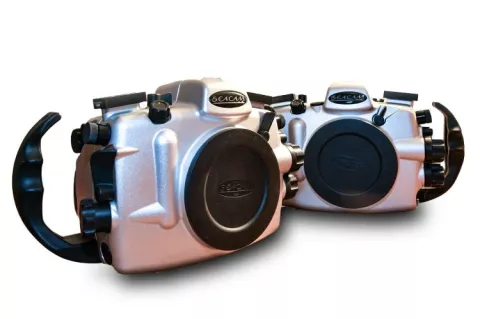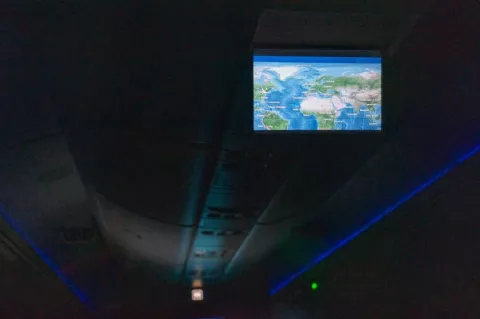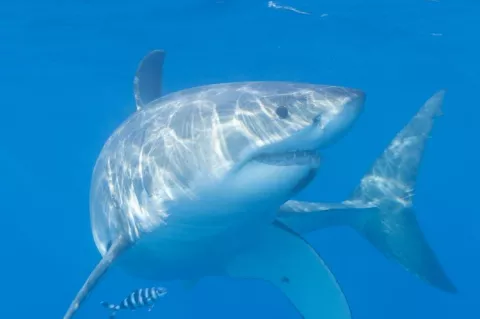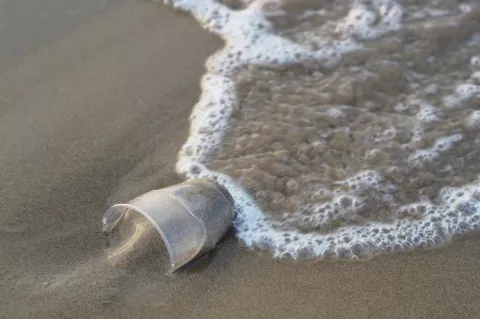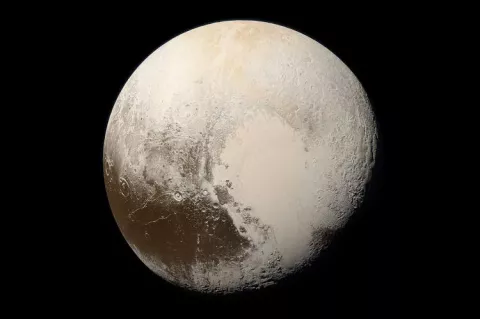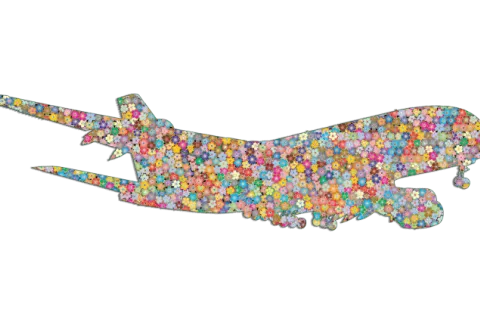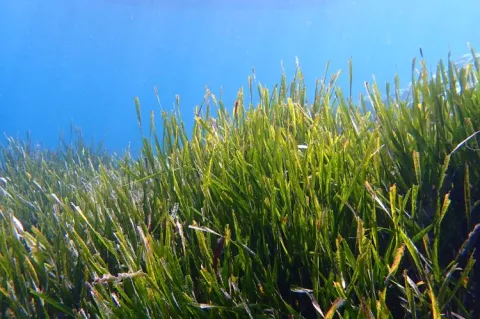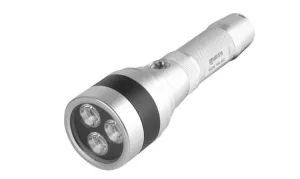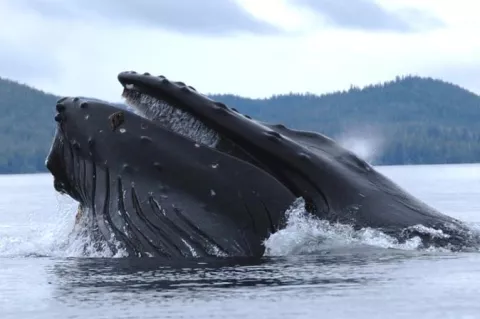Bringing camera equipment into Mexico may cost you
Following our report about divers being charged tax on their personal photo equipment, we wrote to the Mexican tourism minister and contacted some embassies to seek their comments and clarification on the matter. The Mexican Ministry of Tourism never responded to any of our inquiries or requests for comment, and we had to reach out to several Mexican embassies and press them for an answer before we got the following reply from Mexico's embassy in Toronto, Canada.

